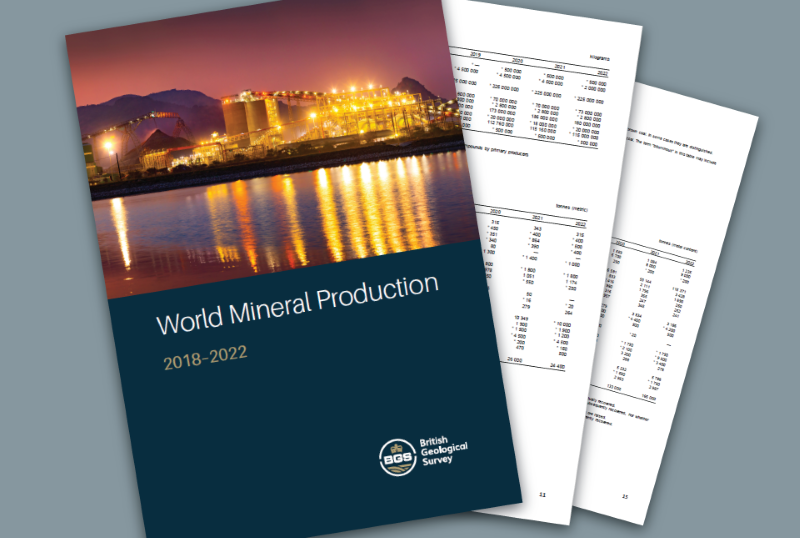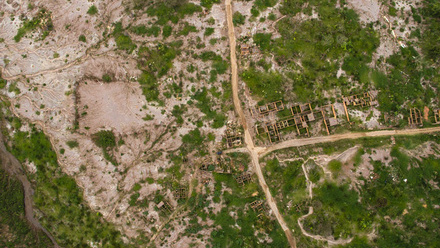World minerals production trends published
The British Geological Survey reports decline of minerals production in Ukraine, alongside a global increase in zirconium, lithium and cobalt production.

BGS World Mineral Production 2018 to 2022.
© UKRIThese findings were reported in the World Mineral Production 2018 to 2022.
Overall, the report notes international interest in the security of supply of minerals continues to grow.
Global production of lithium, zirconium and cobalt continued to increase by more than 20% on 2021.
Lithium production increased the most in 2022 at 27%. Over a five-year period, lithium production has increased by 49%, showing longer-term growth.
Zirconium increased significantly in 2022 by 26%. The report notes the increasing production of zirconium is driven by the global pursuit of cleaner energy alternatives and the establishment of new nuclear power facilities in numerous countries.
Cobalt increased by more than 20% on 2021. Likewise, global nickel production has increased by 37% in the last five years, driven by the continued underlying growth in the electric vehicle batteries sector.
There are reported declines in mercury production by 19% on the 2021 figure.
Antimony production in China continued to decline by a further 8.5% from 2021, leaving China with a greater reliance on imported antimony.
Barytes has decreased by 21% over the past five years. The report says this drop in production is expected to be short term.
Global production of vanadium decreased on the previous year by 3%, but this was within a 40% reported increase over the last five years.
Growth in the construction, infrastructure development and automotive industries resulted in higher steel demand, thereby increasing demand for vanadium.







